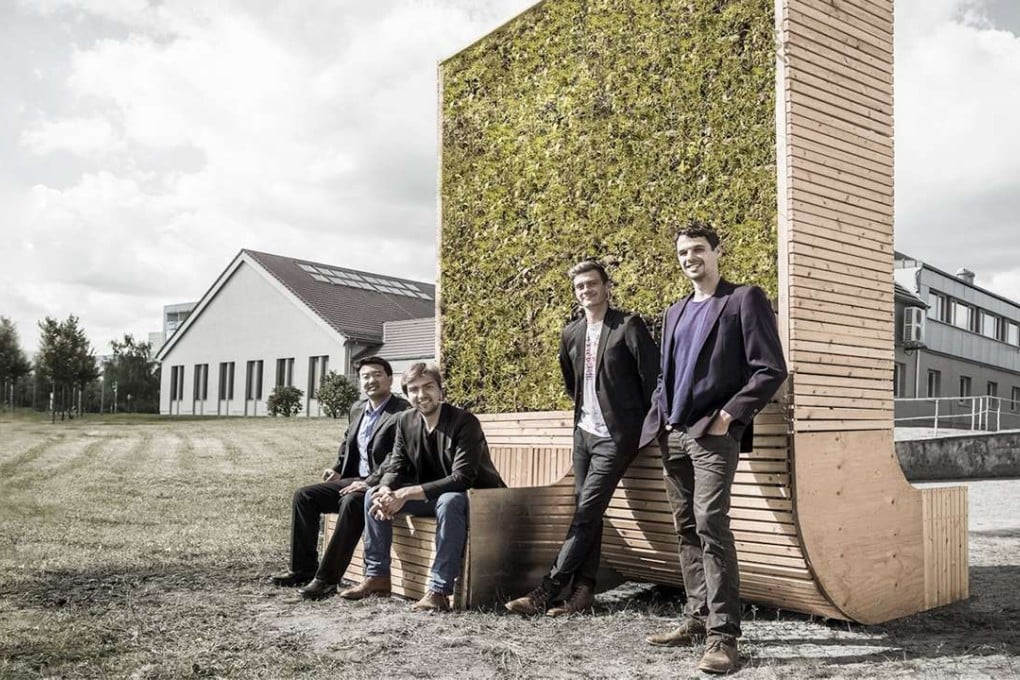Vertical gardens that 'eat' air pollution and how Hong Kong could use them
German architect Dénes Honus, co-founder of Green City Solutions, says putting 200 of its internet-enabled CityTree vertical gardens in city's Wan Chai district would cut pollution there by 30 per cent or more

How did the idea for the CityTree come about? “My co-founders [Victor Splittgerber, Wu Liang and Peter Sänger] and I had been travelling around the world, mostly in cities, and realised there was a huge need for something to improve air quality. We came across biotechnology research being done by three German universities into moss cultures that have the ability, literally, to eat air pollution. Seeing this as a solution to a problem we had experienced first-hand, we asked them if we could commercialise it. After developing the technology side, the first commercial installation was launched in Jena, Germany, in late 2014. CityTrees are now located in Oslo, Norway, Paris, France, several cities in Germany and in Hong Kong, and we are selling units across Europe.”
What were you doing before that? “I was working for the Renzo Piano Building Workshop, an architectural firm based in Paris and Germany, on buildings including the Shard, in London.”

How do the “trees” work? “Bacteria on the surface of the moss culture attracts particulate matter [fine dust], and eats it up. The bacteria dies after ingestion and the moss culture, having learned to live in symbiosis with this bacteria, takes its nutrition from it.”
